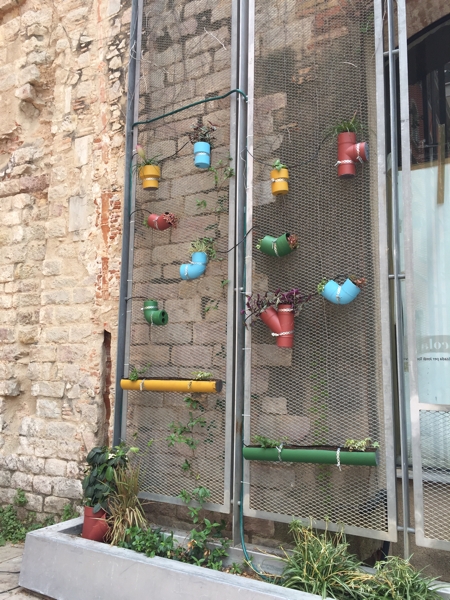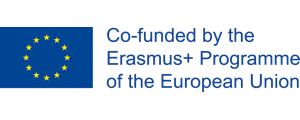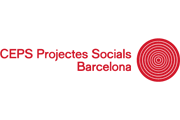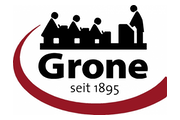Today, the new times demand from educators new skills and new resources that technology offers at low cost.
In this class
1. The maker movement
You may have heard of makerspaces, and maybe even used one — but how did this global movement focused on making begin?
This movement is often described as being a grass-roots movement. This means it was formed from the ground up, instead of being organised by a governing body or inspirational leader. At the heart of the movement are individuals with making skills and a passion for sharing who together form a community of makers.
We’ve briefly introduced the idea of makerspace as an informal learning environment designed for tinkering and skill building. Now, to understand the benefits of bringing a makerspace into your community, we’ll explore the origins of the movement.
4. Why are they making some things?
According to Liam Grace-Flood, it is about doing together, and “coming together”. It is about the innovation, which comes from the people for whom it is made. It is also about integrating the tradition of the artisan, of the artist, etc. to build things. It’s about open-source, and thinking that more can be accomplished if we work together than if we work alone, or competing against each other. It is about continuing to innovate and develop things, at the same time as building links and relationships between people. And then, it is also about the culture of open-source, sharing and creating things the right way. In a way: “It’s not just about making things, it’s about making community, making a difference, and making a more just, open, and collaborative world.”
5. The concepts of making underpinning the maker culture
The maker culture is underpinned by concepts of making that are shared by those who are part of the maker movement:
You learn by doing
Learning by taking part in an activity is not a new concept, especially in education, and it is fundamental to making. Some of the words used to describe this concept are tinker, hack, build, invent, and create. These conjure up images of using experimentation and getting hands-on to direct one’s learning and to keep motivated.
Self-directed and fun
Having the freedom to direct your own learning is very motivating. Makers’ project ideas often focus on solving a personal, local, or global problem. Makers have an idea which they break down into parts to identify where they’ll need skills they don’t have yet, and then they start to learn them as they build their project. It is a playful, personal exploration that results in making something that participants have pride in.
Sharing
In the maker culture, makers share not only their completed project with others, but also the means and process by which they created it, in order to learn more while writing a tutorial or guide, to get feedback, and to help others who might want to make something similar. Makers also share their skills with each other through meet-ups, workshops, and at events like Maker Faires. (https://makerfaire.com/)
Work in the open
Making may occur locally, but sharing often happens globally through the online publishing of the build process, code, project design, construction tips, and lessons learnt. Blog posts and uploaded video content are popular ways in which makers share their experiences to help make the overall community better informed.
What concepts of making are you already promoting in your learning environment or space? Share with us in the comments section, and take the time to also discuss with your fellow course participants.
7. Conclusion: in this class
Today we studied the maker movement and non-formal education.
The most important notions were:
- Maker
- Maker movement
- Learning by doing
We were able to define the maker movement and the figure of the maker. We also talked about the concept underlying the culture of the maker movement.
Next time, we will study the techno-pedagogical activities, in relation with the maker movement.





























